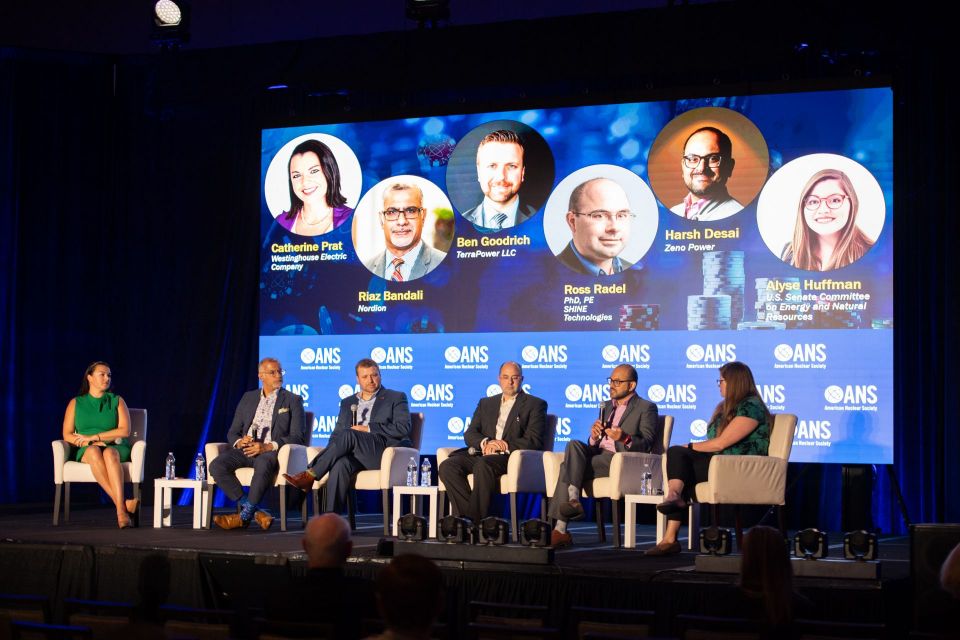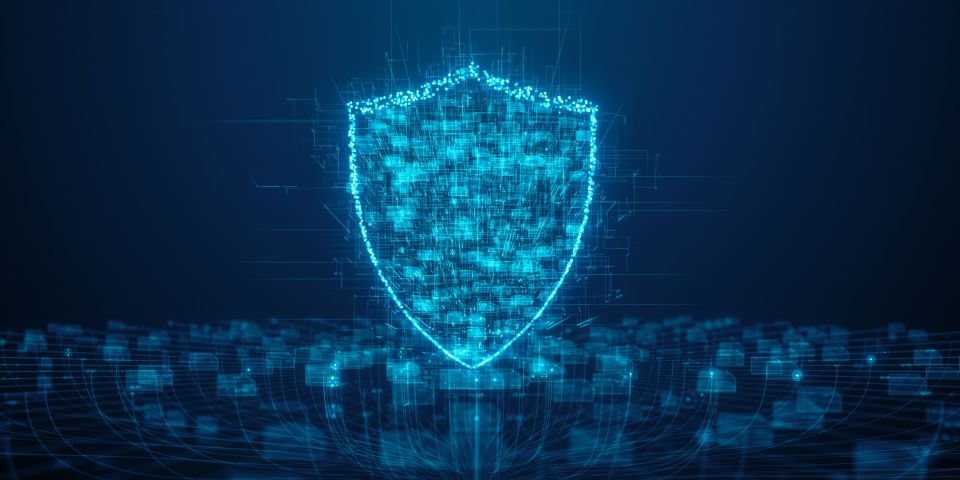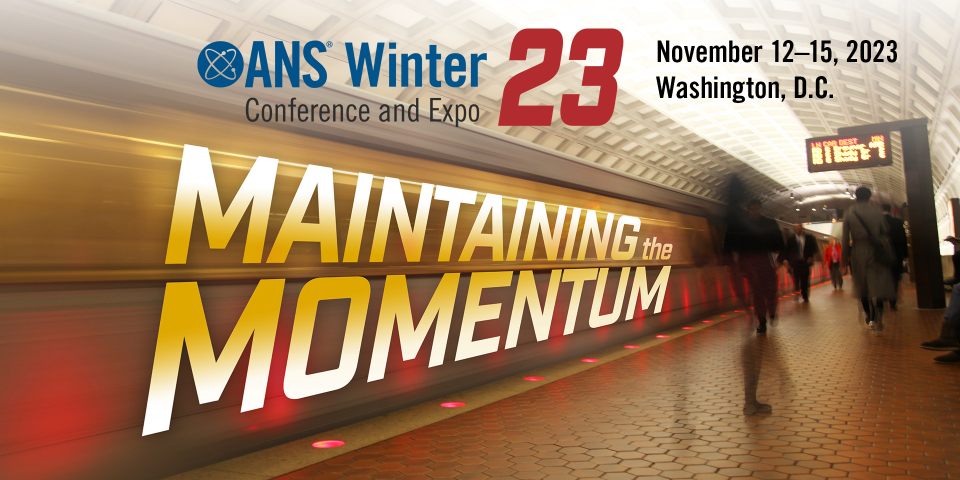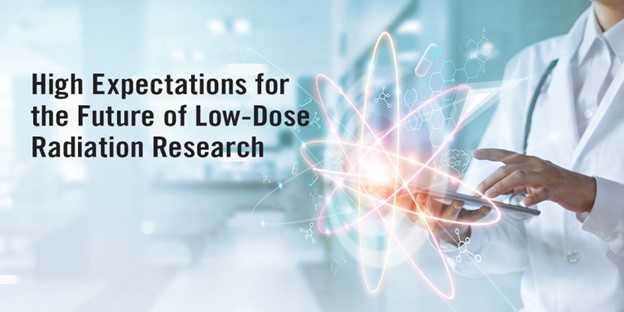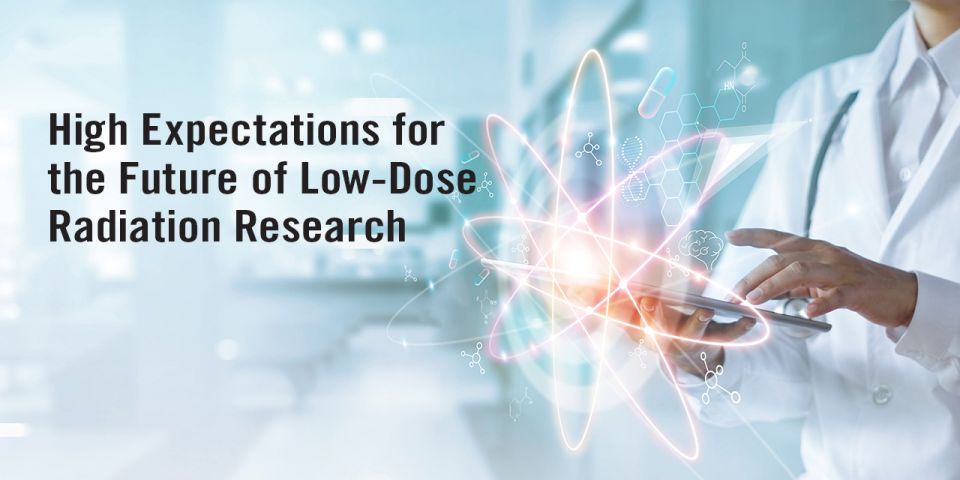Young Members Group puts spotlight on Sandia National Labs
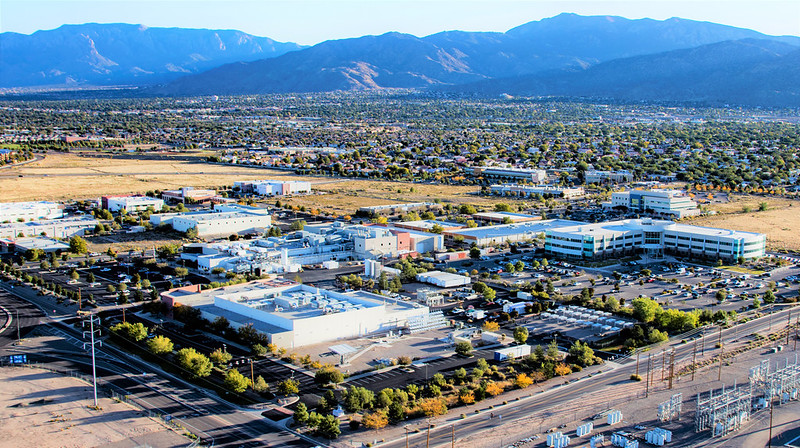
For the latest installment of its webinar series—Spotlight on National Labs—the ANS Young Members Group focused on Sandia National Laboratories. The webinar, which took place on May 11, is available to view on demand.
From the top: Moderated by Matthew Jasica, of Argonne National Laboratory, the 90-minute webinar featured a host of presenters from Sandia, including director James Peery. “If you don’t already work at a national lab, I would encourage you to consider a DOE lab in any future employment decisions,” Peery said in his opening remarks. “We get to work with some of the best people, engineers, scientists, administrators, and professionals that the nation—and in some cases the world—can produce.”
Peery went on to describe Sandia’s primary mission as nuclear deterrence, which it performs in conjunction with the Los Alamos and Lawrence Livermore labs. He added that Sandia designs and manufactures the nonnuclear components for the U.S. nuclear stockpile. “At Sandia, we’re responsible for making sure a nuclear weapon will work if directed by the president of the United States,” Peery said. “But just as important, we make sure a nuclear weapon will never work unless given presidential authorization.”
Panelists: The webinar also included presentations by seven Sandia employees, beginning with Rebecca Ullrich, a corporate historian who provided a brief timeline of Sandia’s more than 75 years of operation.
That was followed by technical presentations from J. Charles Barbour, director of the Radiation and Electrical Science Center; Erik McIntyre, Weaponeer Professional Development programs lead; David L. Luxat, manager, Severe Accident Modeling and Analysis; Evaristo J. “Tito” Bonano, senior manager, Nuclear Energy Fuel Cycle; and Doug Osborn, nuclear engineer, International Nuclear Security Engineering.
Caroline Winters, mechanical engineer and chair of Advancing the Next Generation of Leadership Excellence, concluded the prepared portion of the webinar with information about the work environment at Sandia.
Background: Sandia grew out of America’s World War II effort to develop the first atomic bombs. Today, keeping the U.S. nuclear stockpile safe, secure, and effective is a major part of Sandia’s work as a multidisciplinary, national security, engineering laboratory. Sandia’s role has evolved to address additional threats facing the United States.
More details: Sandia’s science, technology, and engineering foundations enable it to carry out its unique mission. The laboratories' highly specialized research staff is at the forefront of innovation, collaborating with universities and companies and performing multidisciplinary science and engineering research programs with significant impact on U.S. security. Sandia’s workforce of 14,500 has earned more than 7,000 advanced degrees.



